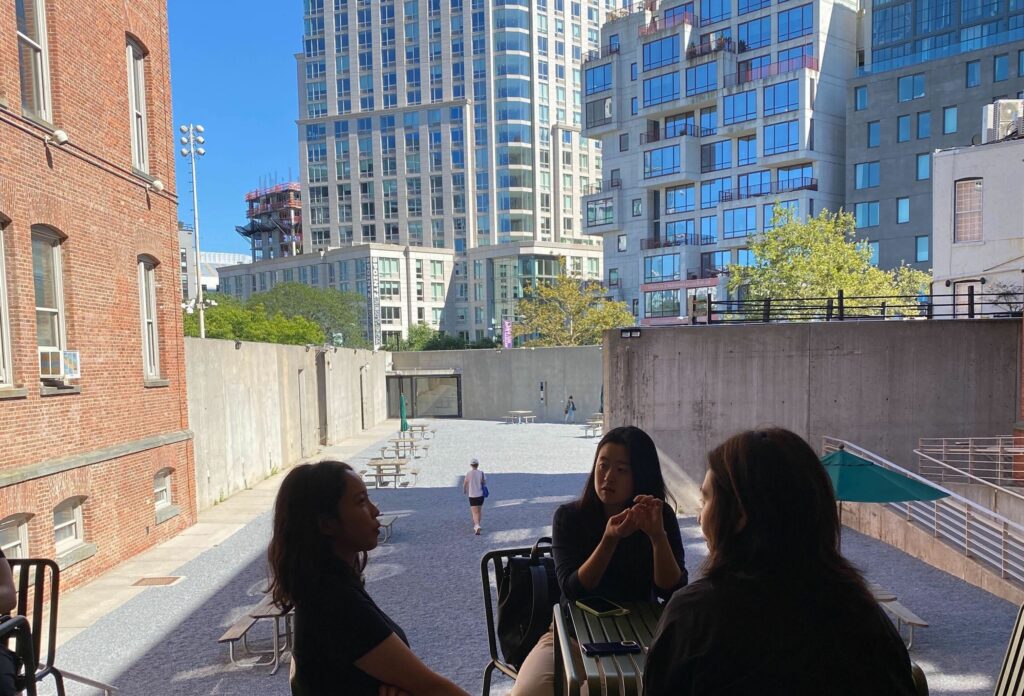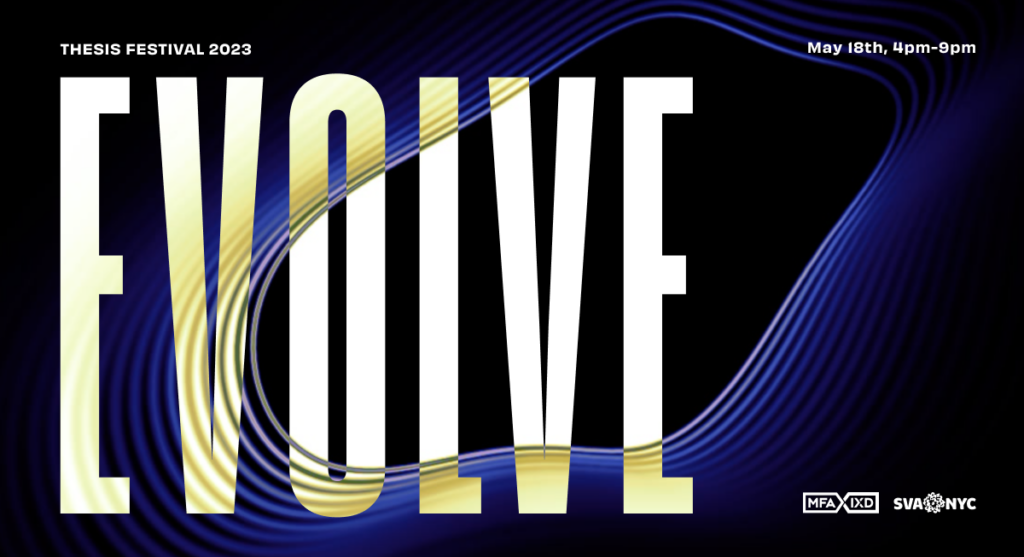
For issue 73 of Eye, the International Review of Graphic Design, Chair Liz Danzico sat down with the photo editor of The New York Times Magazine Kathy Ryan for an in depth interview.
Liz Danzico: What is the role of a photo editor?
Kathy Ryan: Simply to make the photography happen, from the initial idea to the page. Some days, it’s being a coach back in the New York office. Other days, it’s discovering great work in a gallery, and getting that artist to shoot for the magazine for the first time.
The most important part of what I do is ‘casting’ – choosing the photographer. The person you choose to do an assignment defines it. If that match is right, it’s smooth sailing.
LD: Did you always want to be a picture editor?
KR: I didn’t have that talent early on. I might have had the inherent ability to see a good picture, but not the confidence. I’ve gained that confidence at the New York Times, working with editors who have conveyed to me what matters about storytelling and how to present stories in a provocative way.
Knowing whether a picture is good or not is a constant evolution grounded in real work. Recognising formal qualities is somewhat inherent, in the way that someone might have a good ear. The other part – how to juxtapose images so that they’re meaningful or knowing what makes a good cover – I was fortunate enough to learn.
LD: What makes a good photograph?
KR: It’s a balance between art and content. With art, it’s pure visual delight. And because it’s the New York Times Magazine, we balance that with content. At the same time, most of the photographs have to deliver information [but] they don’t have to literally illustrate the text. We often have leeway for the photos to be more interpretive and elaborate beyond the text. The photography is expected to be a powerful voice unto itself.
LD: You once said that curating an exhibition requires ‘different muscles’ to editing a magazine. What are the differences?
KR: Curating a show is much looser; you only need to put really good work up on the walls. With editing, there’s a different level of pressure because the photography has to achieve so much. Curating must be disciplined so when viewers walk through the show they’re changed in some way. The juxtapositions change viewers emotionally and intellectually.
…
Eye is available on newsstands, design book stores, and online at Eye shop.


